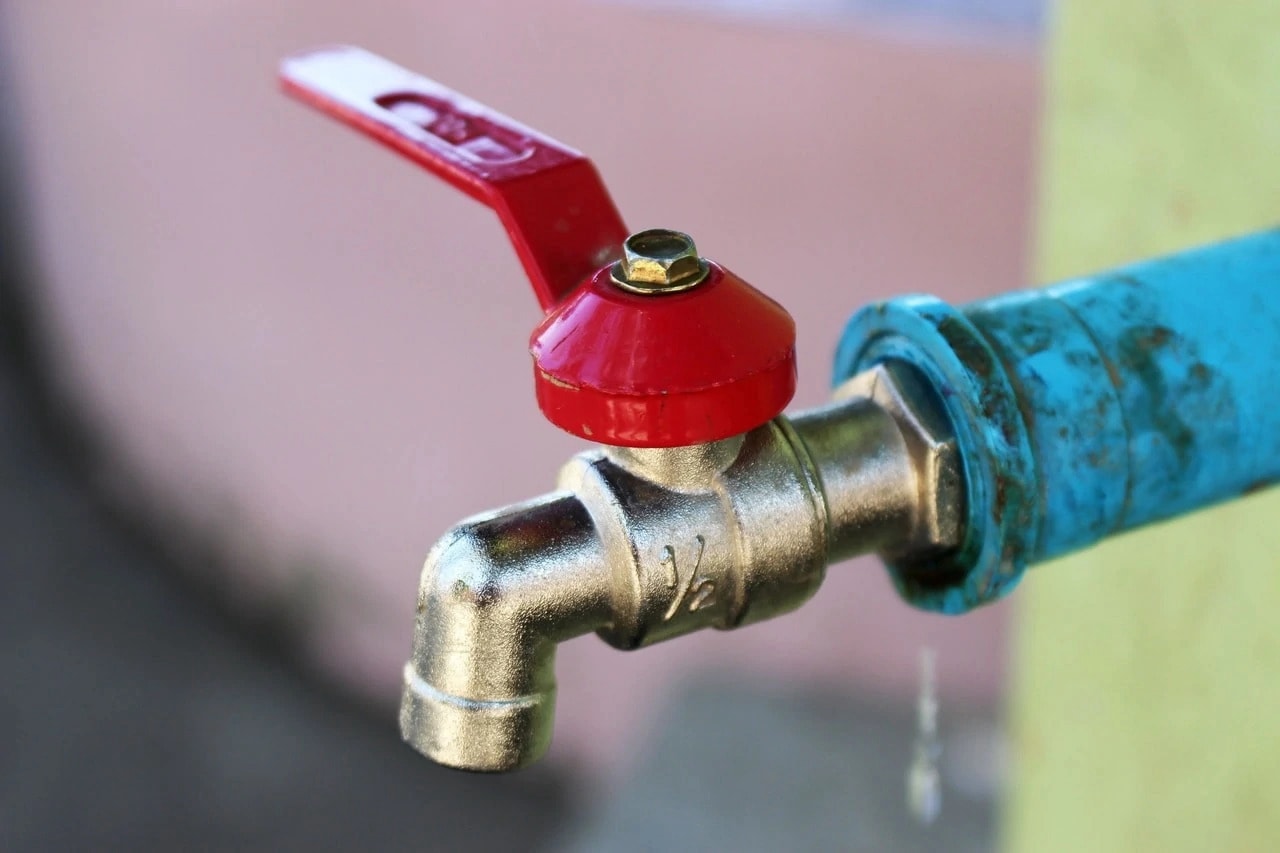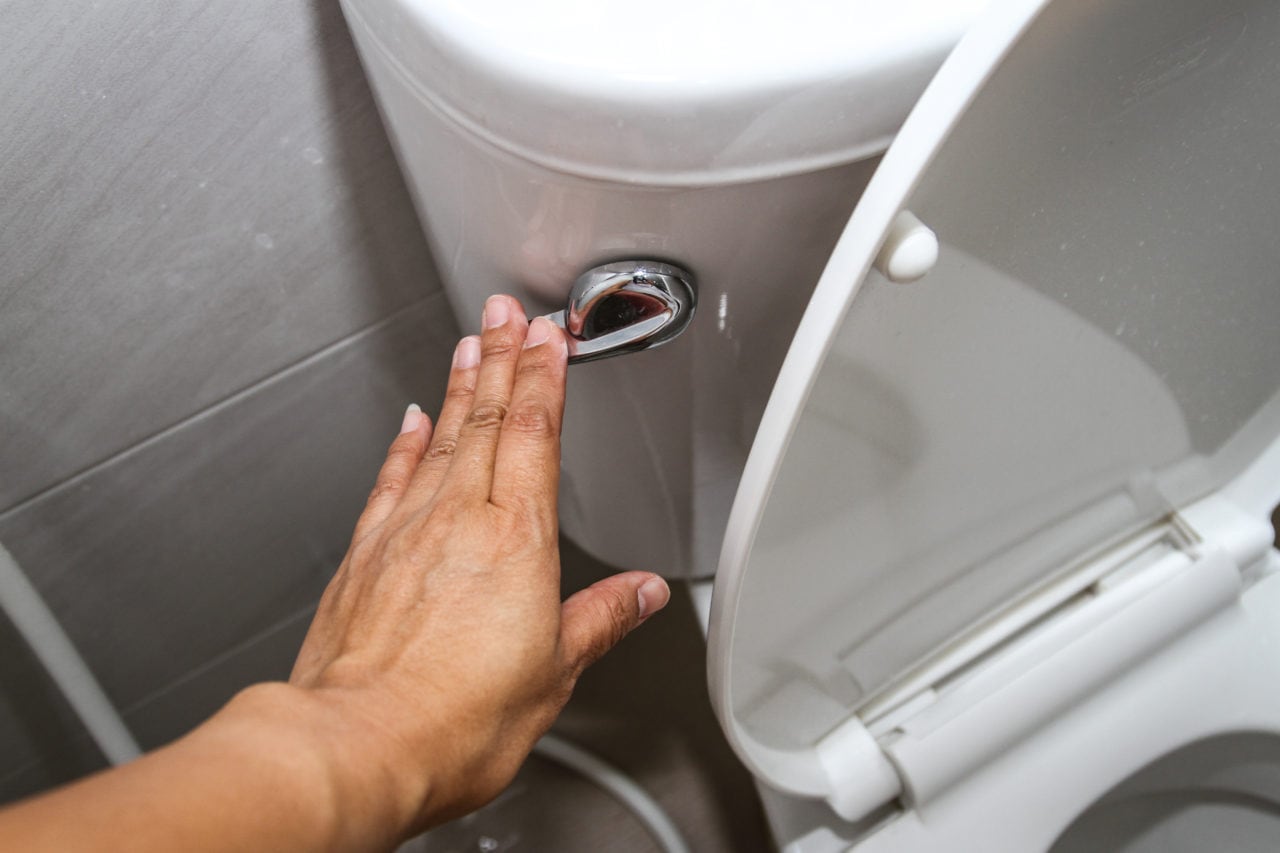Just about every homeowner has encountered at least one small plumbing issue that’s just too small to justify calling in the pros. Whether it is a slow drip to the faucet, a shower with weak pressure, or the worst of all, a toilet that won’t stop running. These common plumbing problems aren’t big issues, but when left over time, they can really be a drain…
Jokes aside, when it comes to plumbing problems it’s important to know the common issues you can try to tackle yourself, or if it’s actually a sign of a larger problem. As a plumber in this profession for over 30 years, we’ve seen it all. We could probably repair any common plumbing problems in our sleep at this point. But since most people don’t have the same experience, we put together a checklist of the most common plumbing issues so you can determine what to DIY and when to call in the pros.
Homeowner’s Checklist of the Most Common Plumbing Problems We See
1. Leaky Pipes
Several things can cause a leaky pipe. Grease and hair build-up can increase the water pressure in your pipes, which can lead to backups and leaks. Corrosion due to mineral-rich water can also cause pipes to rust, crack, and leak. Leaky pipes can go undetected for weeks, months, and even years. A slow leak, though not an emergent issue, can lead to gallons of wasted water, and an increase in your water bill.
The EPA claims that the average American household’s leaks account for upwards of 10,000 gallons of wasted water per year. It really adds up! Plumber’s tape and other temporary fixes can work to stop a leak in the interim, but replacement is your best bet to stop leaks and prevent future issues.
2. Dripping Faucets
A dripping faucet is most often caused by damage to the washer that seals the faucet when the water gets turned off. A corroded or cracked washer cannot hold back the water pressure, thus leading to a drippy faucet. They’re not only annoying, but an all-day drip can lead to stains and pools of water that can damage your bathroom or kitchen sink over time. Replacing the washer and fixing a leaky faucet yourself is relatively easy, but sometimes specialty tools make washer replacement that much easier. In that case, call us!

3. Clogged Tub or Shower Drain
If you shared a bathroom with your family growing up, you know all too well how many things go down the shower drain and how easy it is to get a slow draining shower drain. Between long hair and all kinds of soaps and body washes, it doesn’t take long for the drain to start slowing down.
A simple cure to this is installing a drain guard to catch hair after unclogging the drain. Also, using liquid soaps and body washes over hard, bar soap can decrease if not eliminate excess soap scum from building up on the walls of the pipes leading from your shower or tub.
4. Low Water Pressure
Low water pressure can either be a temporary issue, like if the neighborhood is experiencing low pressure or a temporary loss of pressure. If you know your neighbors, ask them! It could also be that you and one or more of your neighbors share a pipeline, which is no one’s favorite thing. If you notice a drop in water pressure, see if your neighbor is running their hose or sprinkler, that could be it.
Other reasons for low water pressure include clogged, corroded, or leaky pipes. A faulty faucet or fixture can also be a culprit. After you can rule-out or confirm any of the above issues, call your local plumber to get a diagnostic. You don’t want your loss in pressure to be due to a pipe leaky somewhere in your home.
5. Toilet Running
A running toilet is a very common issue homeowners may experience, and it can be a costly plumbing issue if left untreated. Hundreds of gallons of water can be lost per day with a running toilet. This problem generally occurs due to the flapper mechanism inside the tank not working correctly. This is what controls the water filling the bowl from the tank. This can often be a simple fix yourself, but a running toilet can also be caused by sediment preventing proper flushing and water flow. Call a professional to do a thorough inspection if this is the case.

6. Clogged Toilet
The main reason for a clogged toilet is not what you think is — yuck. It’s generally from things being flushed that can’t or shouldn’t be flushed. Make sure you ask your family to avoid flushing things like feminine hygiene products, baby wipes, make-up wipes, cotton balls, and other paper products. Those will not break down and dissolve properly, and will most definitely end up clogging your toilet.
If it gets bad enough, it can lead to your sewer backing up. These clogs are generally not near the bowl itself, they’re likely further down the pipeline. In this case, you’ll need a professional to come and snake your toilet to determine the location and bust up the clog for you.
7. Clogged or Slow Drains
A slow drain can be caused by hair and food build-up, obviously. But grease and oils are the most common cause. They stick to the sides, and catch any debris flowing through the pipes with it. If you ever HAVE to pour oil or grease down the drain, always rinse it for 5-10 minutes with boiling water to ensure it flows all the way through.
Your plumbing system isn’t equipped to flush those materials, and it can wreak havoc on the pipes. Pour bacon grease or cooking oil into a glass mason jar — it will solidify, and you can then toss it in the trash. Store-bought products like Drano are only temporary fixes for a clogged or slow drain. Have a professional plumber get to the root cause and fix it for good!
8. Water Heater Issues
Your water heater can begin to wear out and not provide sufficient hot water as it ages, and as sediment builds up in the bottom. A new water heater should last for at least 12 years if properly maintained. If you find you are having to run the shower or sink for a long time just to get the water hot enough, you’re probably looking at a problem. Keep in mind, having to repair or clean your hot water heater frequently may mean it’s time to replace it. Give us a call, and we can help you out!

9. Flooded Sump Pump
A sump pump failure is NOT a fun thing to deal with. Your basement is full of water, and you are now dealing with a broken sump pump as well as water removal. Note that if you do experience a flooded sump pump or basement, you need to remove that water and dry it as soon as possible to avoid mold and mildew growth.
It is recommended you test your battery backup yourself at least once a year to ensure your sump pump can still work in the event of a power outage. We offer both testing and replacement of sump pumps and battery backups.
10. Jammed Garbage Disposal
Having a garbage disposal is as convenient as it is a hassle. If not used properly, you just end up with a broken or jammed garbage disposal, which plumbers see a lot of. It is common knowledge that if you overstuff or overwhelm your garbage disposal, it’s probably going to jam.
And to reiterate, never try and stick any tools or silverware in your disposal to unjam it, unless you have turned OFF the power to your kitchen. No need for injury just to unclog the disposal. In really bad jams, or if you feel unsafe checking it out, call your local plumber to fix the issue in no time.
Don’t Hesitate To Call The Pros
These are just a few of the most common problems plumbers see on the job. Many of them are avoidable, and many are possible to fix on your own. But it’s always good to remember that a small issue like a leaky pipe can be a sign of more significant issues, and we always recommend calling AJ Alberts for a diagnostic assessment before you dive in yourself. And if you sign up for our Preferred Customer Maintenance Plan, you never have to worry again!


